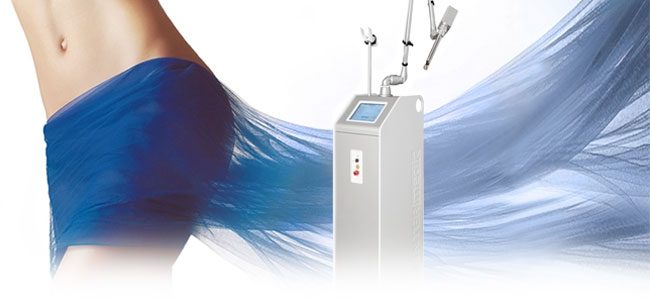Introduction
Hyaluronic acid (HA) is a mucopolysaccharide found in almost all body tissues and fluids, and also in many other living organisms, as a structural component of the extracellular matrix.
Found in high concentrations in the skin and mucous membranes, the fundamental property of hyaluronic acid is its capacity to retain large amounts of water (hygroscopic properties).
This great capacity to retain water makes it widely used in medicine in general, and in aesthetic medicine in particular, where it is employed to hydrate, regenerate and afford volume to the skin.
What is it used for in aesthetic gynaecology?
Following extensive experience gained in aesthetic medicine, it has been incorporated to gynaecological practice, and not only for aesthetic purposes, hydrating or increasing the volume of the labia majora, but also for regenerating and improving female genital functioning in many vaginal conditions such as vaginal and vulvar atrophy and dryness.
- Vaginal atrophy and dryness (menopause, drugs such as tamoxifen, isotretinoin, antidepressants, neuroleptic agents, etc.)
- Recurrent genitourinary infections (alterations of pH, genitourinary syndrome, etc.)
- Dyspareunia or pain during intercourse
- Pruritus
- Vulvodynia
- Painful fibrotic scars (episiorrhaphy)
Volume enhancement
- Hypoplasia or atrophy of the labia majora
- Assessment prior to labia minora reduction labiaplasty
- Vaginal canal reduction
Highlights of vaginal hyaluronic acid
It is now known that hyaluronic acid degradation explains the biostimulating effect of the treatments made with it, since once fractionated, its short chains are able to stimulate collagen production by the fibroblasts - the key cells of the connective tissue.
The newest development in relation to hyaluronic acid is the latest evidence that indicates that the zone that has been treated with hyaluronic acid does not return to its state prior to treatment. It is believed that this is because it is able, either intrinsically or due to some of its degradation products, to activate the quiescent or "sleeping" stem cells which are found in all tissues. This aspect is currently being investigated.
Frequently asked questions
As in all treatments with hyaluronic acid, the latter is infiltrated in the treatment zone, i.e., the vaginal mucosa, dermis or subcutaneous cellular tissue, depending on the intended purpose of treatment.
Infiltration is a medical act performed in the clinic under topical local anaesthesia in the form of a cream. It is therefore completely painless, and lasts between 20-30 minutes. The procedure is free of risks when carried out by a specialist in aesthetic gynaecology.
Related treatments

Vaginal CO2 Laser
CO2 laser is the treatment that provides the most effective results in regenerative, functional and aesthetic gynecology.
The benefits and applications are innumerable, for example: vaginal dryness and/or atrophy, urinary incontinence, removal of genital warts or treatment of repeated vaginal infections.

Hymenoplasty
The objective is to restore the hymenal membrane so that during the next coitus it can break again and produce bleeding.
There are different surgical techniques to reconstruct the hymen, both conventional and CO2 laser surgery.
Artemédica, center for aesthetic, functional and regenerative gynecology in Murcia
The objective of this medical discipline is to improve the health, quality of sexual life as well as the aesthetics of the female intimate areas.




